Introducing the Dragon Index
Today is appreciate a dragon day! What better way to appreciate them than by launching a reference to all things dragon! It will be expanding in the next few months. You can find the index at its permanent home HERE.


Blue Order: The governing body of human-dragon relations in England. Made up of all major dragons, their Keepers and all humans who hear dragons, they are charged with managing all matters related to dragons in the country and maintaining the secrecy of dragon kind.
Conclave: Judicial body of England’s dragons, similar to Parliament.
Dragon: A cold blooded, sentient creature that may take many forms, but most have reptilian qualities. Their sentience sets them apart from lesser creatures whom they resemble. Dragons speak in sound frequencies (both high and low) that only humans with exceptional hearing can detect. The majority who cannot hear dragons are able to detect their speech at a subconscious level leaving them open to suggestions by the dragon. A small part of the population is entirely deaf to dragon voices and can neither hear, nor be persuaded by dragons.
Dragon Keep: The territory assigned to a major dragon, usually including hunting land, a dragon lair, and a home for the Dragon Keeper
Dragon Keeper: Human being in a mutually beneficial relationship with a major dragon. Usually a member of the gentry or peerage, owner, in the eyes of human law of the dragon’s Keep.
Dragon Friend: Human being in a mutually beneficial relationship with a minor dragon
Dragon Mate: A human being in a particular mutually beneficial relationship with a dragon, includes Dragon Keepers and Dragon Friends.
Pendragon Treaty: Established by Uther Pendragon, the treaty ended the last dragon war on English soil. The Pendragon accords established the relative ranks for the major dragons so they no longer fight for precedence and set out the guidelines for human-dragon relations.
Dragon Ranks
Dragons are ranked first by their size and power. All the major dragons, those bigger than a large horse outrank all the minor dragons, smaller than themselves. The major dragons are the draconic upper class and the minor dragons, the lower ones. Among the major dragons, the most powerful species rank above the weaker ones.
The dragons of England are led by their Brenin (or Brenhines if it were a female dragon). A fire drake, he or she administers dragon law and the Pendragon Accords across England and deals with necessary matters with dragons of other lands.
Underneath the Brenin are the Dugs (and Duges) who take leadership roles in the Dragon Conclave. They administer the different counties and, with the Conclave, decide matters of dragon law. All are firedrakes.
Cownts and Cowntesses serve under the Dugs. They are responsible for regions in their counties, managing the major dragons and their keepers.
Vikonts and Vicontes, administer smaller areas are report to Cownts and Cowntesses. Barwins and Barwines, administer smaller areas are report to Vikonts and Vikontesses. Marchogs and Marchoes administer smaller areas are report to Barwins and Barwnes.
Lairds and Lairdas who are the lowest of the major dragons, the draconic parallel of an untitled gentleman or gentlewoman. Their task is to manage all the minor dragons in their territory. Minor dragons have no titles.
Dragon Types:
The dragons of England are organized by type according to their size and the shape of their heads. There are snake types, wyrm types, dragon types and bird types. Major dragons are those larger than a horse, minor dragons are those smaller.
 Bird Types
Bird Types
No accounts of any major bird-type dragons have been recorded. All the bird type dragons have bird-like beaks. Some are very delicate, like hummingbirds, others are powerful like birds of prey. Bird-types also have wings, but that is not their defining characteristic. Most are predators, but some varieties of fairy dragons feed exclusively on flowers and fruit.
 Dragon Types
Dragon Types
Dragon types are mistakenly referred to as lizard types because the shape of their heads–and often the rest of them as well–resembles large lizards. They take a variety of forms, some with wings, frills, hoods or fins. They are the most common dragon-type in England
 Snake Types
Snake Types
The snake type dragons all have a thin, narrow head like a normal snake with large eyes on either side of the head. Many have fangs and all have a long forked tongue. They may or may not be venomous. Some of their venom possesses healing qualities.
 Wyrm Types
Wyrm Types
Wyrm type dragons are often confused with snake type dragons because they have long thin bodies like snake types. Their heads though are very different. Their jaws tend to be square and toothy, although some have a decidedly feline look to them. Nearly all have fur or a bushy mane of feathery or spiny structures around their heads.
Major Dragons:
Amphitheres
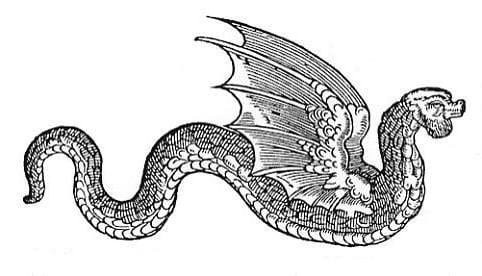
A large snake-type dragon with broad wings ample to permit flight. Their heads and wings are covered with brightly colored feathers, giving them a very distinct look. The Amphithere mates for life, but only lives with its mate while bearing and raising its young.
Basilisk:
Dragon lore says the basilisk is the king of snakes, with lizard like legs and a tuft of feathers that resembles a crown on its head. Mythology says its looks can kill, but that is not true. Instead, their appearance can be so frightening that when one sees it, one might be scared motionless. In the days before the Pendragon Treaty, that usually meant death at the jaws of the basilisk.
They are ill-tempered as a whole. They like neither man, nor dragon. Major basilisks tolerate keepers because they have to, but minor ones rarely have Dragon Friends.
Blue Pa Snake
Blue Pa Snakes resemble enormous, unnaturally blue snakes. They sound like an entire regiment of soldiers drumming in rhythm as they approach. They also sport hoods like Indian cobra snakes and great long fangs,by which they can deliver a bite raging from painful to deadly.
 Drake
Drake
The most common type of dragon in England. Like wyrms, there are both major and minor drakes. They can be nearly as large as a fire drake or as small as a large dog. Major drakes argue that the small ones are really a different type altogether. But the Blue Order cannot agree on that point.
Most major drakes resemble one another with four legs, a long tail and a lizard like body and head. Minor drakes may vary widely in their appearance. Some have frills that they can expand in defensive or dominance displays. Others have spikes along their heads, horns or spines. Some have fins along their back and bony nubs on the ends of their tails.
Firedrakes
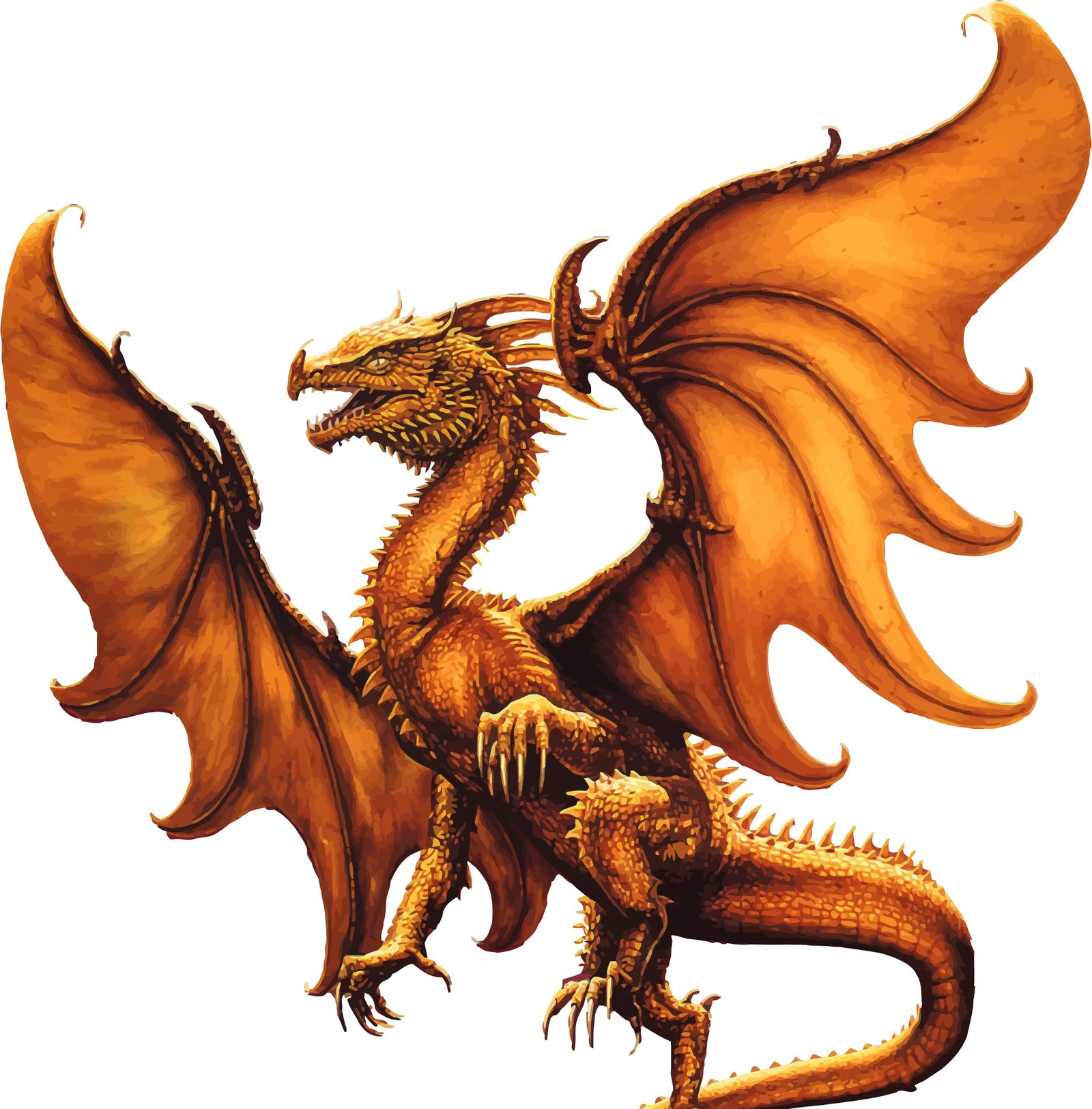
Firedrakes are the largest, most powerful of all the dragons, living up to 500 years.
Fire drakes are able to fly, though most only do so on moonless nights, lest they be seen by the dragon deaf. They can also breathe fire–the only type which can do so. They are the only type permitted by the Pendragon Accords to hoard precious metals or gems.
Lindwyrms
These major wyrms have powerful forelegs which they use to burrow through even hard ground, making them range farther than other wyrms. They have an unfortunate taste for horsemeat, which makes them very unwelcome near the settlements of men, particularly on the continent where interactions between dragons and men are not governed by the Pendragon treaty.
Many lindwyrms have a penchant for learning and philosophy, even art. Some consider them the intellectuals of dragonkind. Their forepaws can be nimble and some can even write and draw.
 Wyrms
Wyrms
Wyrm dragons range widely in size. The largest are major dragons, the smallest can be mistaken for mundane snakes. Their jaws tend to be square and toothy, not fanged like snakes. Some have distinct manes, giving them a leonide appearance. The smaller, minor wyrms are apt to be ill-tempered and resentful of any of might step on them.
Wyverns
Wyverns are among the smallest of the major dragons and the weakest of them all. The have wings, but no forepaws, and fangs which can deliver a venomous bite. Like firedrakes, they can fly and can breathe poison, much in the way a fire drake breathes fire.
Minor Dragons
Cockatrice
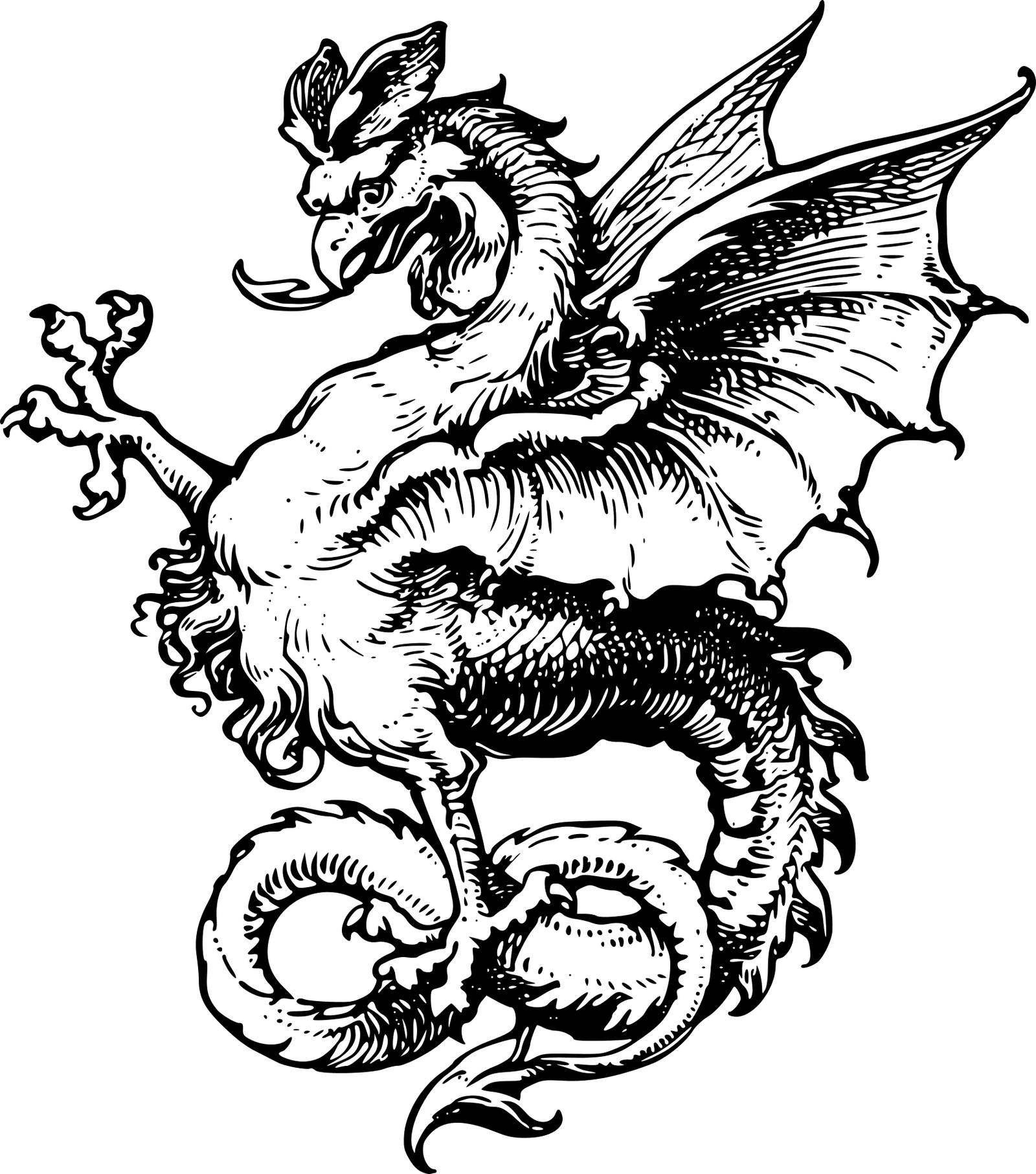
The Cockatrice displays sexual dimorphism unique among dragon species. The males’ head and body resemble birds of prey in shape, covered with feather-scales. Their wings are leathery and their tails long and serpentine. In size, they match the range of birds of prey. Females, known as Cockatrix, are very rare and very showy. With spectacular feather headdresses and tails, they resemble show chickens.
Both males and females are said to be very aggressive and rarely deign to associate with creatures over whom they can assert dominance.
Fairy Dragons
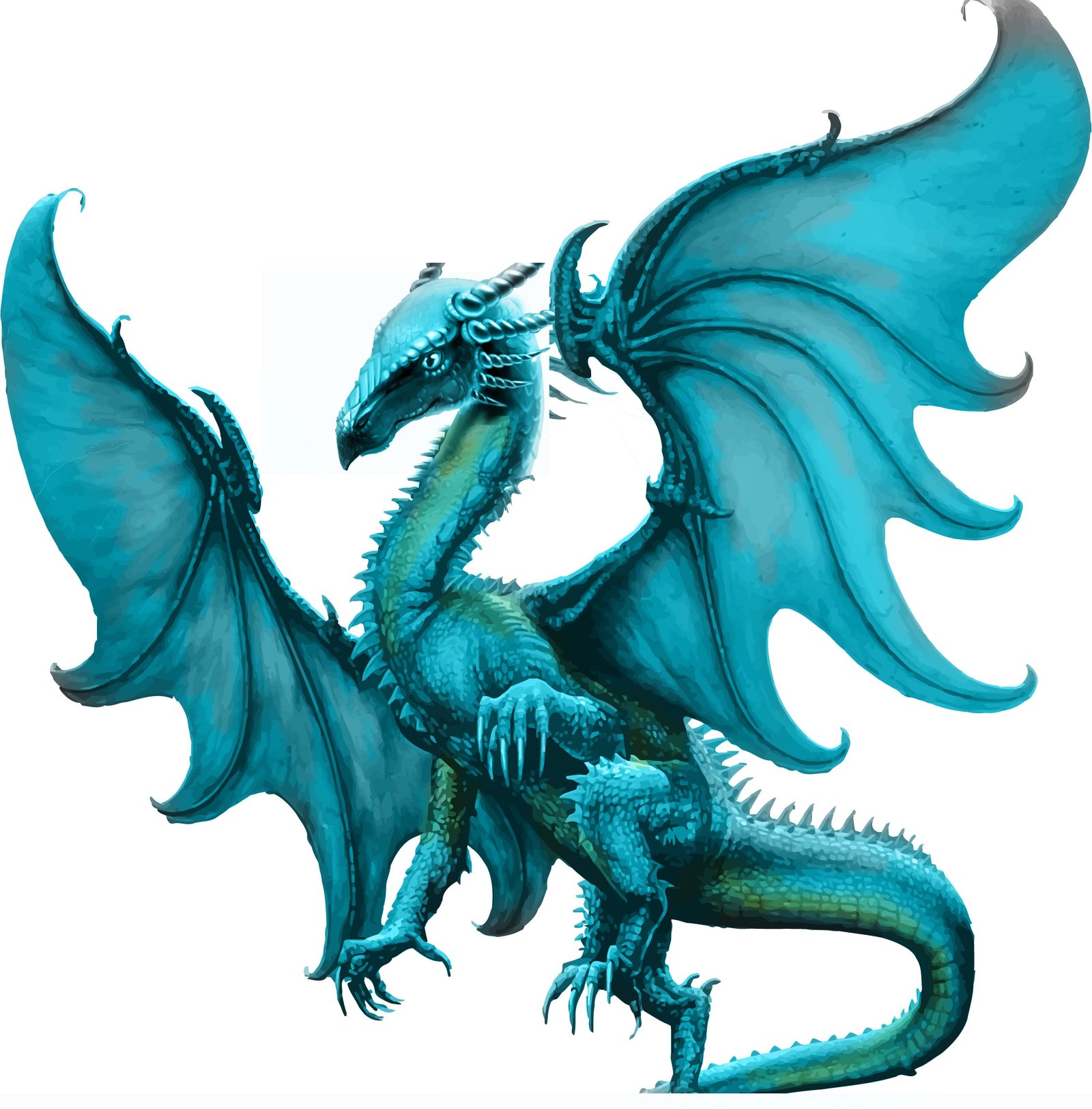
The smallest of all dragon species, they are said to be silly and senseless. They are preyed upon by wild dragons, birds of prey, cats and the like perhaps contributing to their flighty and nervous reputation.
Bright and colorful, like hummingbirds, some subsist on flower nectar and fruit. Others eat small insects and worms. Although the smaller ones are more common, some can be as large as pigeons.
They are affectionate creatures, a favor dragon friend among highborn ladies.
Tatzelwyrms
Cat-like in front and snake-like in the back, these minor dragons move about by coiling their long bodies and hopping forward a bit like a spring. Some say the spring-hopping along addles their brains and leaves them quite daft.
Puks
Puks are the smallest of the dragon types. Some say they are good luck. They are also know to be mischievous . The size of a lady’s dog, they often pass themselves as pugs and other cute dogs, living in the house, often constantly at the mistress’s side. They have wing nubs, but no real wings, and a hood that stands up when they are angry or afraid.
Hoarders by nature, they are drawn to pretty, shiny baubles. Most content themselves with coins and buttons, but some prefer jewelry and are apt to steal what catches their eye. It can be a real danger for anyone who keeps a puk.
Zatyls
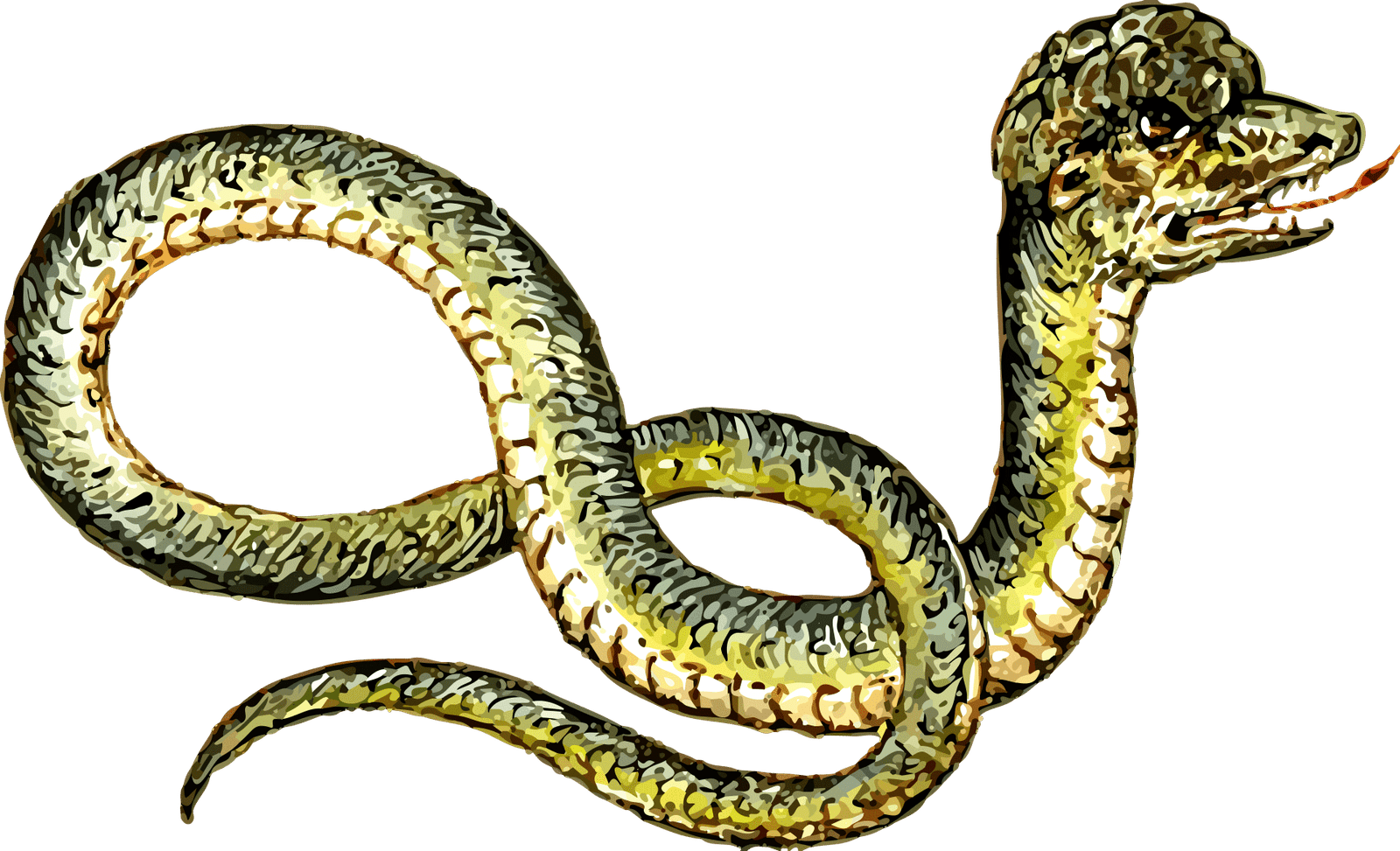
Pretty, little snake types, usually long and dark green with a head ridge that looks a little like a bad lady’s hat. They are said to be very good luck to one who finds one. They are particularly fond of milk and will often enter a house that places a dish of milk out for it. In generally they are sweet natured and non-aggressive.
Get the series in ebook and paperback!
Please support this author and this site by using this affiliate link.

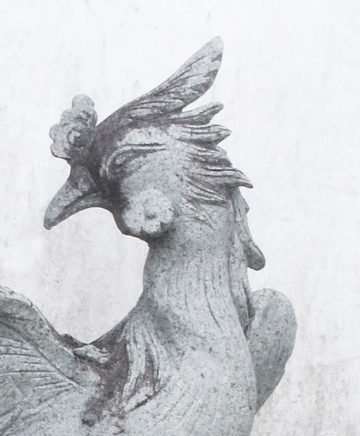 Bird Types
Bird Types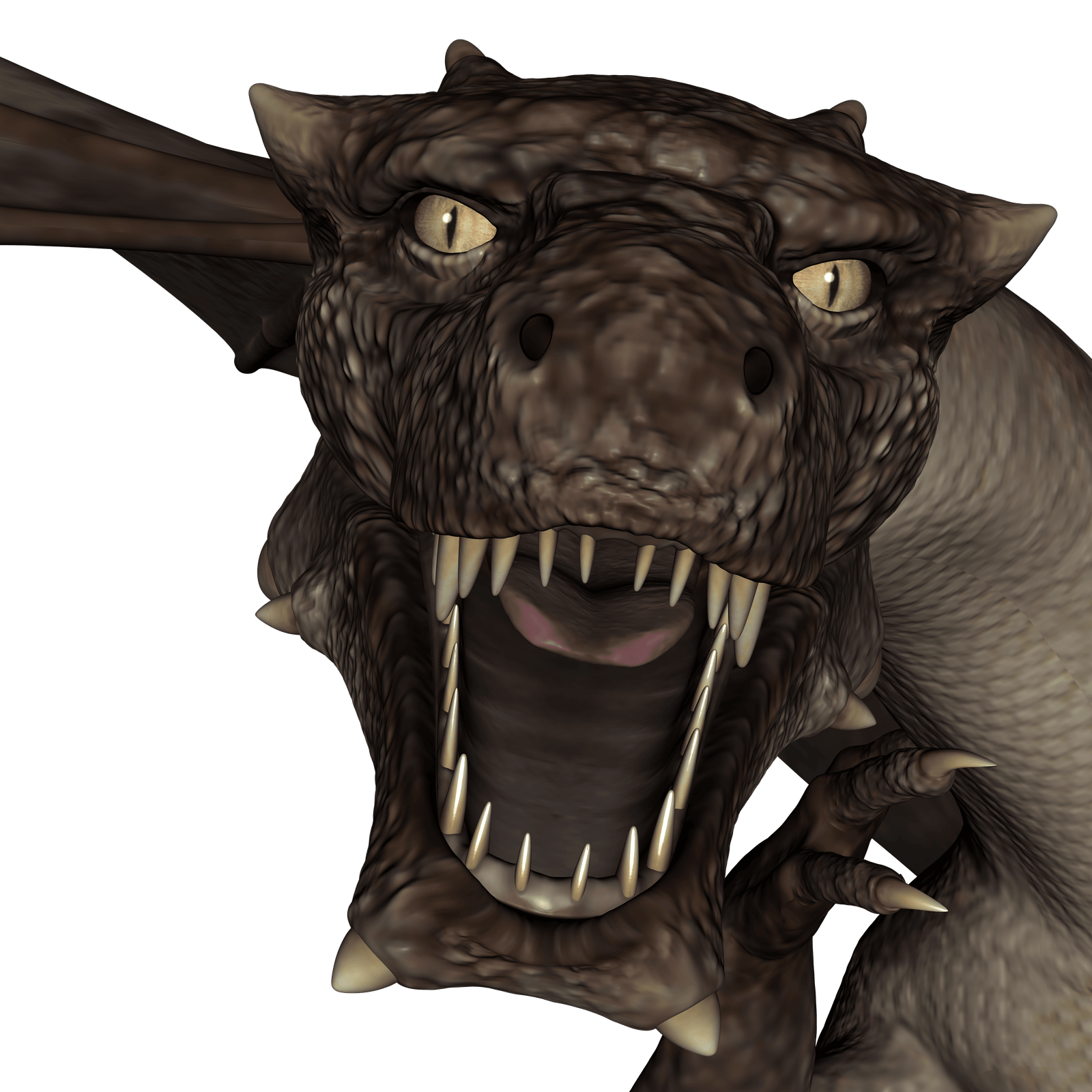 Dragon Types
Dragon Types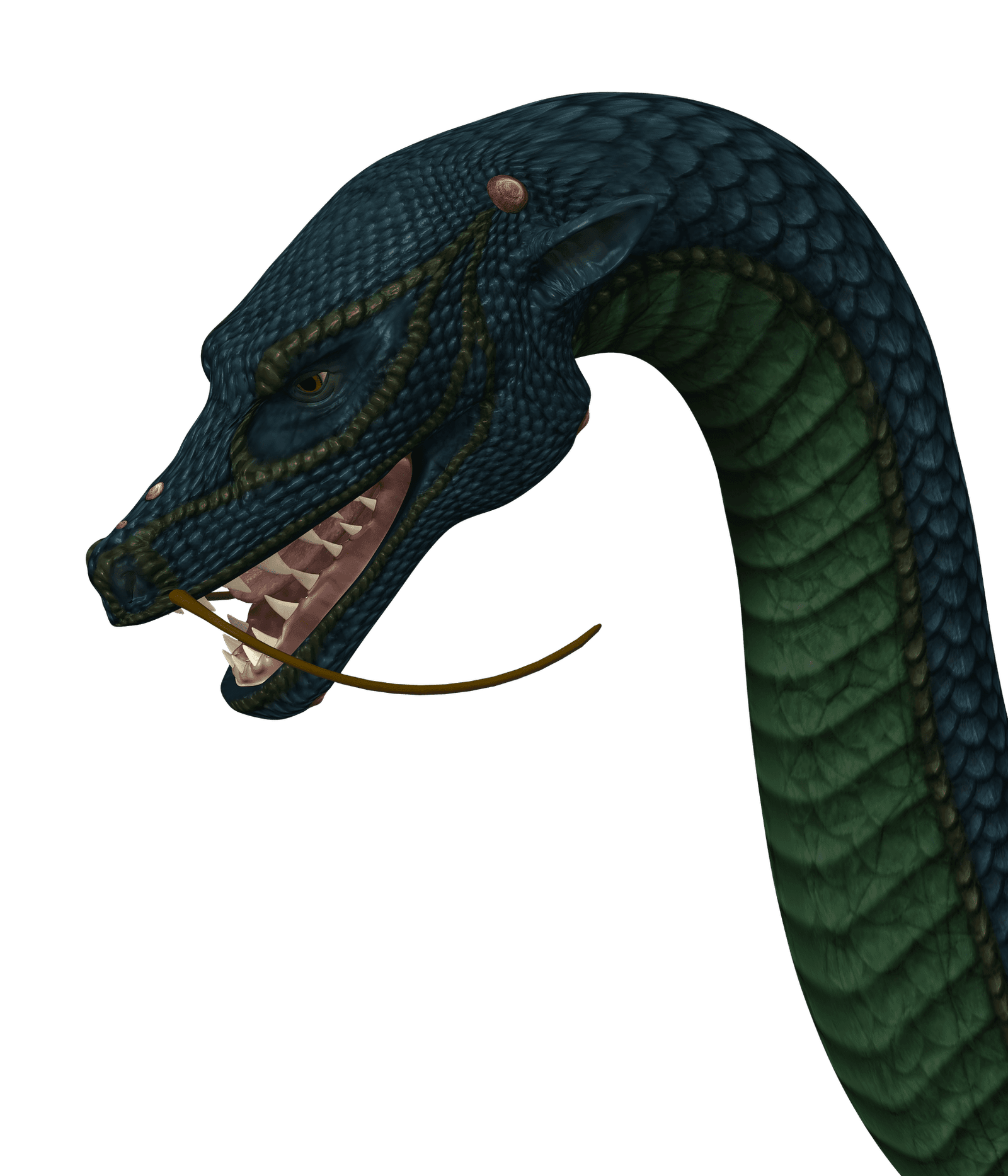 Snake Types
Snake Types Wyrm Types
Wyrm Types  Drake
Drake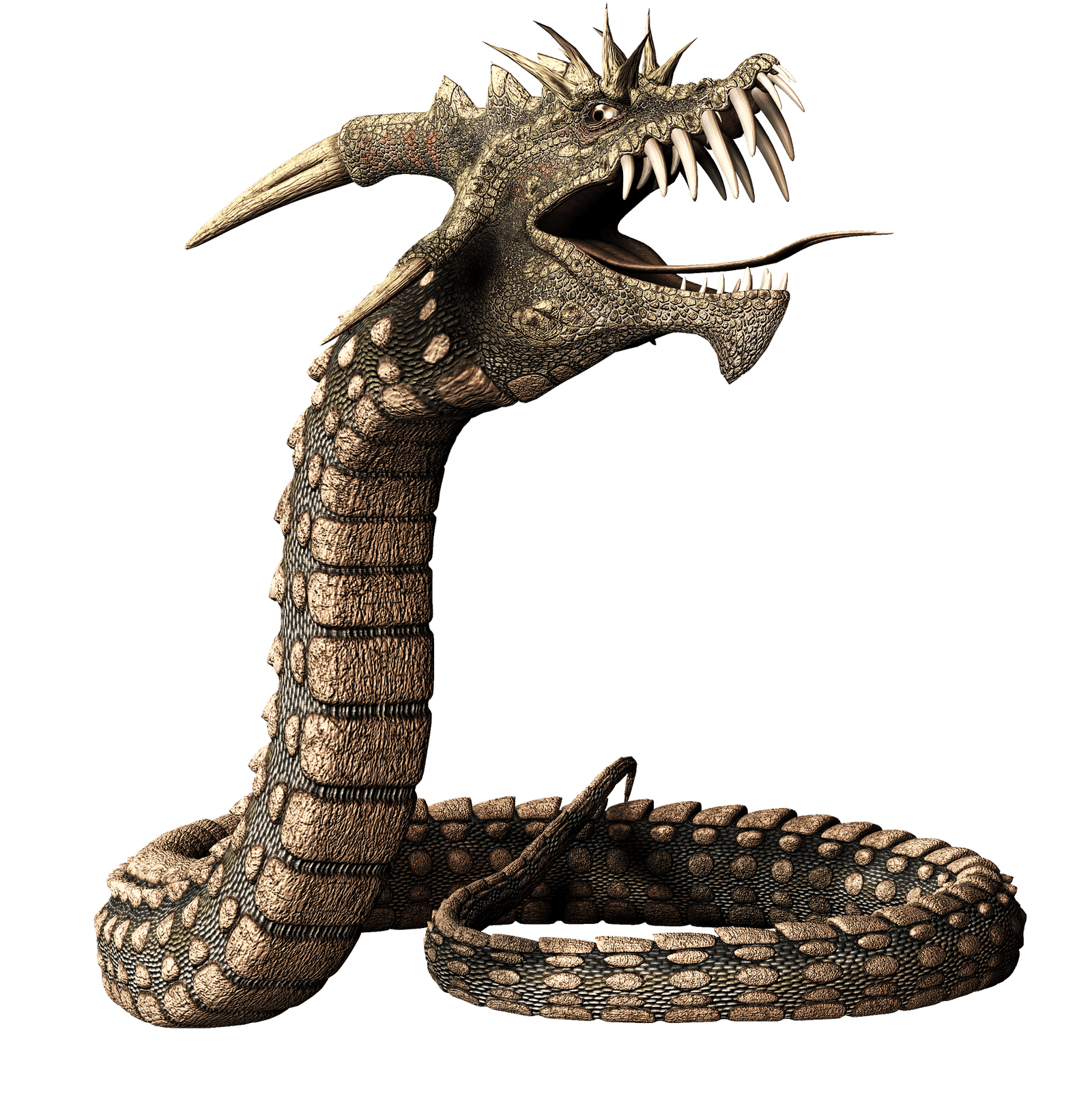 Wyrms
Wyrms
Oooh, this universe that you have created is so interesting. I have read both dragon books and loved them. The information is so helpful as one reads the story and can then visualize the different dragons. I look forward to the next book in the series.
I’m snowed in [KY] and watching the weather. I especially looked at Texas… you poor guys are getting hammered again with rain, ice and snow. Just wanted to let you know someone was thinking of you. I hope all is well with you.
Blessings on your continued work that gives so many pleasure.
Thanks so much JW! I’m chugging away at dragon book three even now. Approaching the halfway point I think, so after some polishing, it may bet to posting soon. (Assuming real-life and the weather cooperate…) 😉
Love all the information here. Even though I’m waiting for book 3 before I read them all I have read excerpts and this helps such a lot.
I’m so pleased you have managed to start writing this series again and hope you are not interrupted again by extreme weather (or mischievous cats!)
Thanks so much, Glynis! I’m chugging away at book three right now!
Any progress on the long-awaited Book 3??? [Hope. Hope. Hope.]
Thanks, Beatrice, yes. I think I’m approaching the halfway point in the very rough draft. I won’t make any predictions on when I’ll get it finished–that hasn’t worked very well for me recently–but very real progress. I need to get some edits onto the first half and I’ll try to start posting as soon as I can.